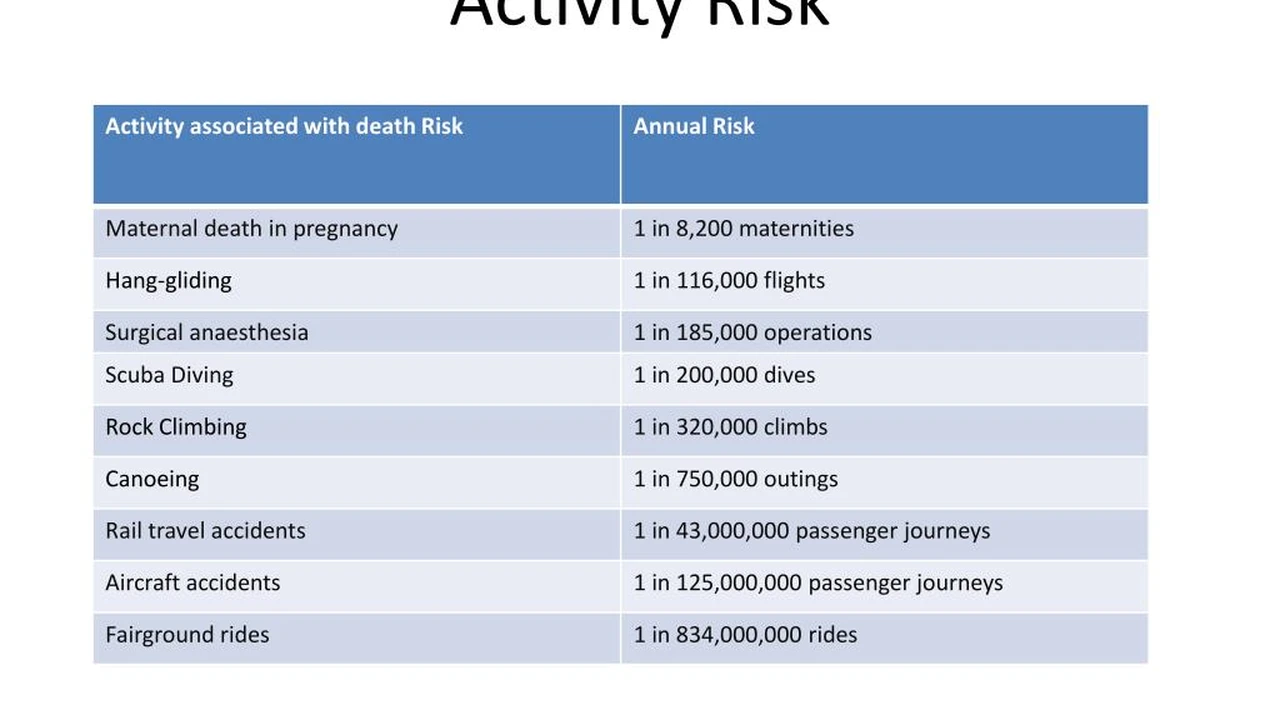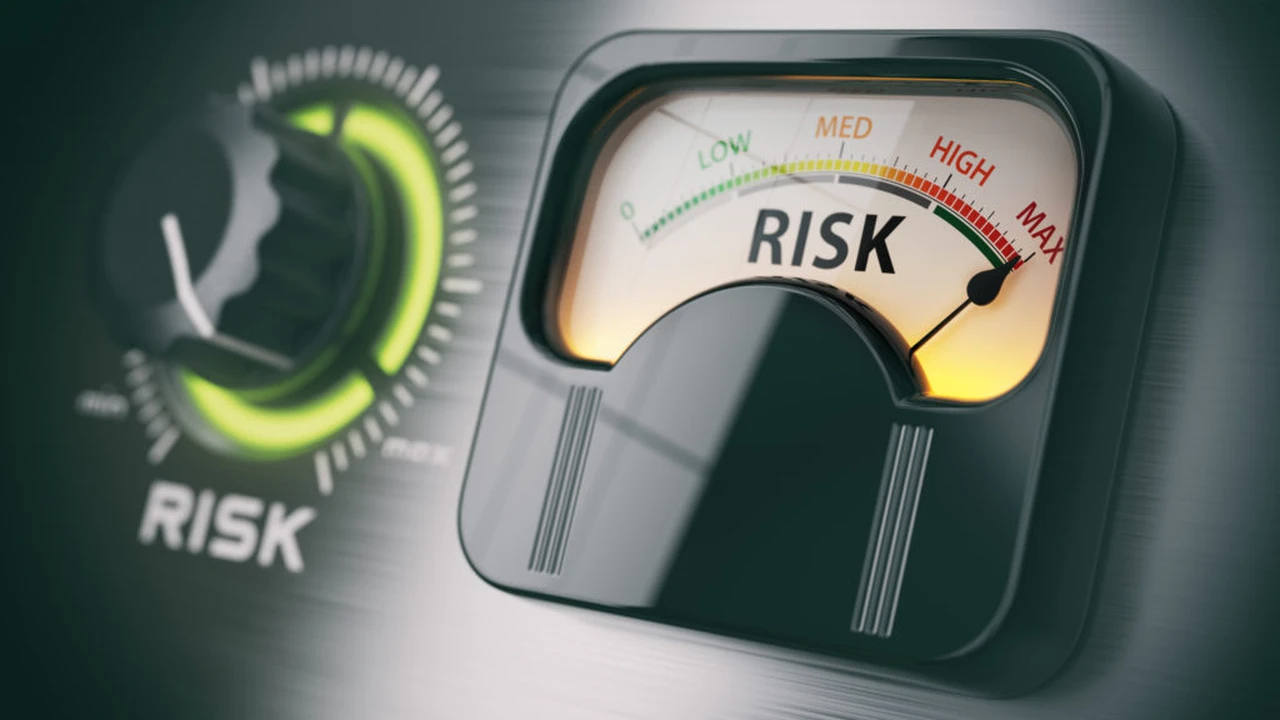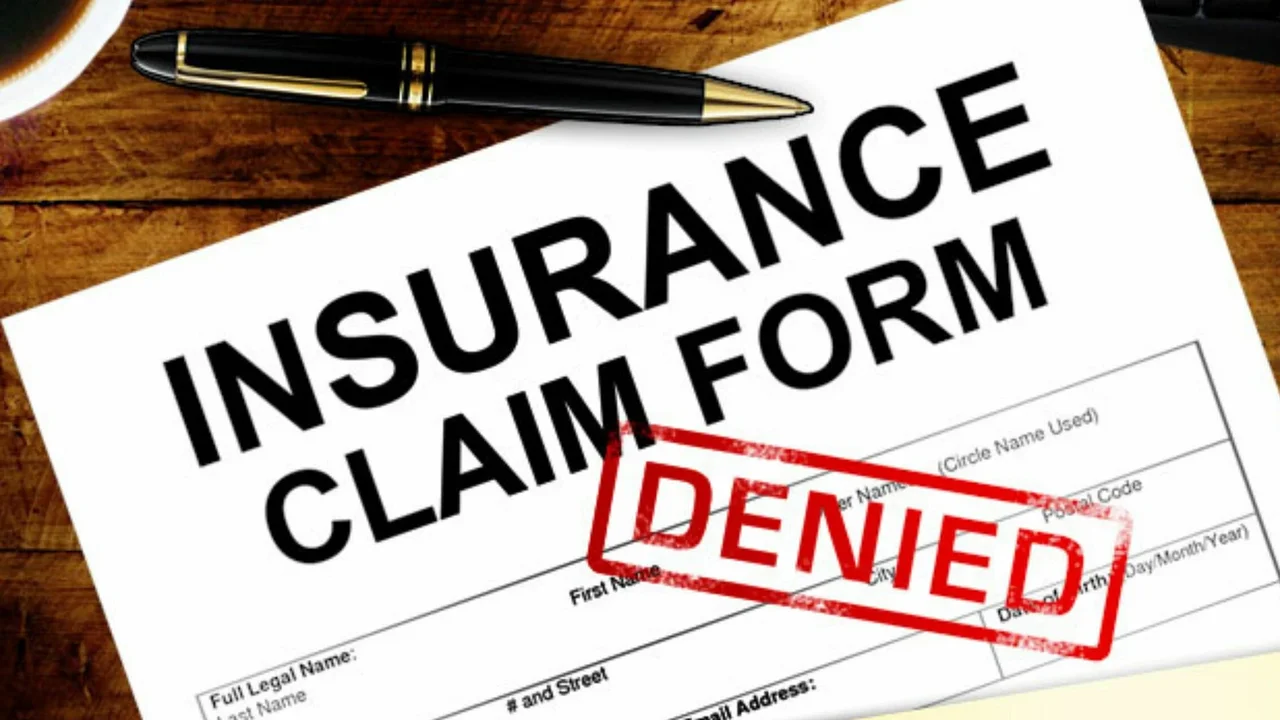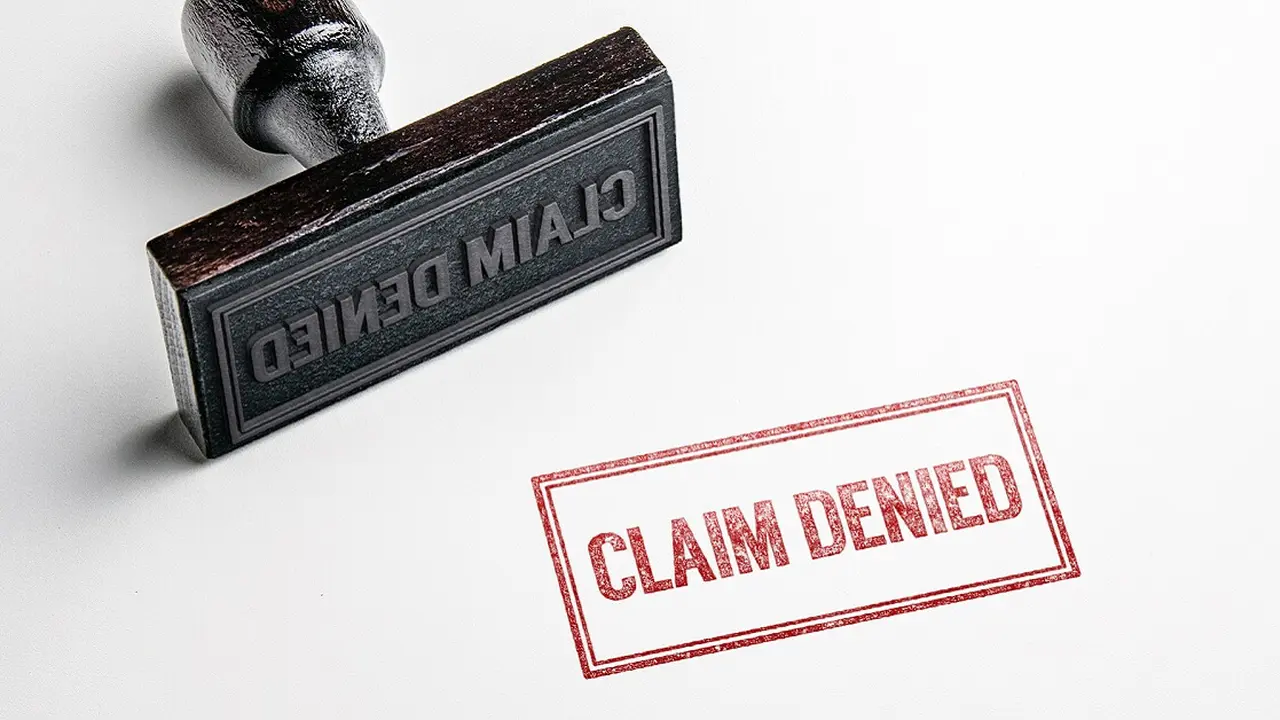Compare High-Risk Insurance: Personal Liability vs. Medical Costs
Participating in high-risk activities? Find the right travel insurance. We compare the top 7 plans for US travelers. Get covered for injuries, emergencies, and more.
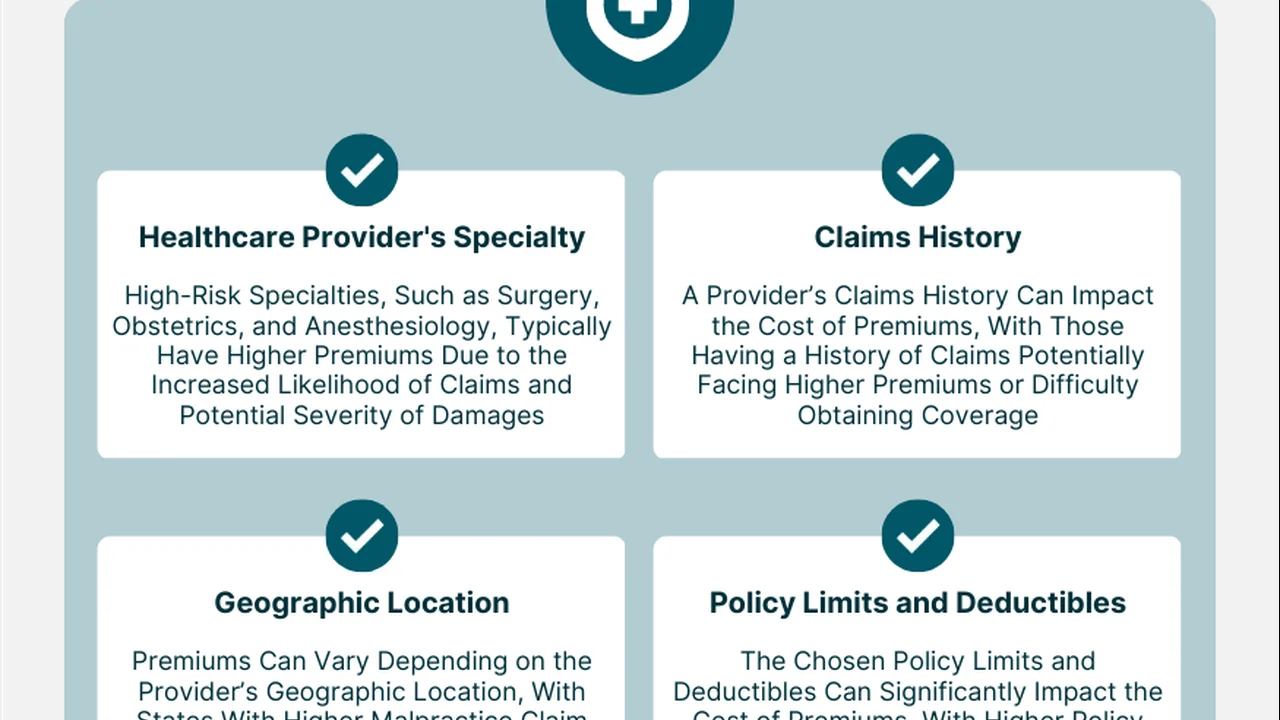
Understanding High-Risk Activities and Insurance Needs
Okay, so you're the adventurous type, always pushing boundaries and seeking thrills. Skydiving? Check. Rock climbing? Absolutely. Maybe even a bit of base jumping? Awesome! But before you leap off that cliff or strap on those skis, let's talk about something a little less exhilarating but equally important: insurance. Specifically, high-risk activity insurance. Now, you might be thinking, "I already have travel insurance, isn't that enough?" Well, not always. Standard travel insurance often excludes coverage for activities deemed "high-risk." That's where specialized high-risk insurance comes in. It's designed to protect you when you're engaging in activities that have a higher potential for injury or even death. Think of it as your safety net when you're pushing your limits.
But what exactly constitutes a "high-risk activity"? It varies depending on the insurance provider, but generally includes things like:
- Extreme sports: Skydiving, bungee jumping, base jumping, extreme skiing/snowboarding, whitewater rafting, etc.
- Mountaineering: High-altitude climbing, ice climbing, expeditions to remote areas.
- Motorcycling: Especially when traveling abroad, as local traffic laws and road conditions can be unpredictable.
- Scuba diving: Particularly deep-sea diving or diving in remote locations.
- Caving/Spelunking: Exploring caves can be dangerous due to the risk of falls, getting lost, or encountering wildlife.
- Hang gliding/Paragliding: These activities involve inherent risks due to weather conditions and equipment malfunctions.
The key is to carefully review the terms and conditions of your insurance policy to see exactly what activities are covered and what are excluded. Don't assume that just because you have travel insurance, you're automatically covered for everything. It's always better to be safe than sorry, especially when your health and financial well-being are on the line.
Personal Liability Coverage in High-Risk Insurance Policies
Let's dive into personal liability coverage. What is it, and why do you need it? Simply put, personal liability coverage protects you if you accidentally cause injury or damage to someone else or their property while engaging in a high-risk activity. Imagine this: you're skiing down a mountain, lose control, and accidentally collide with another skier, causing them serious injuries. Or, you're rock climbing and accidentally dislodge a rock that damages someone's car parked below. In these situations, you could be held liable for the other person's medical expenses, lost wages, or property damage. And trust me, those costs can add up quickly!
Personal liability coverage in a high-risk insurance policy can help protect you from these financial burdens. It can cover the costs of legal defense, settlements, and judgments against you. The amount of coverage you need will depend on the specific risks associated with your activities and the potential for causing significant damage. It's generally a good idea to have at least $1 million in personal liability coverage, and even more if you're engaging in activities that have a high potential for causing serious harm.
Here are some examples of situations where personal liability coverage could come in handy:
- You accidentally injure another participant during a skydiving jump.
- You damage someone's property while rock climbing.
- You cause an accident while motorcycling abroad.
- You accidentally damage a coral reef while scuba diving.
Without personal liability coverage, you could be forced to pay these expenses out of your own pocket, which could potentially bankrupt you. That's why it's so important to make sure you have adequate coverage before engaging in any high-risk activity.
Medical Costs Coverage in High-Risk Insurance Policies
Now, let's talk about medical costs coverage. This is arguably the most important aspect of high-risk insurance, as it protects you in case you suffer an injury or illness while engaging in your chosen activity. High-risk activities, by their very nature, carry a higher risk of injury. Whether it's a broken bone, a concussion, or something more serious, medical expenses can be incredibly expensive, especially if you're traveling abroad. Medical costs coverage can help cover the costs of:
- Emergency medical treatment: Including ambulance services, hospital stays, and surgery.
- Medical evacuation: If you need to be transported to a hospital or medical facility in a different location.
- Repatriation: If you need to be transported back to your home country for further treatment.
- Prescription medications: To help manage your pain and recovery.
The amount of medical costs coverage you need will depend on your destination and the type of activities you're planning to engage in. Some countries have very high medical costs, so it's important to make sure you have adequate coverage to protect yourself. It's generally a good idea to have at least $100,000 in medical costs coverage, and even more if you're traveling to a remote or high-risk area.
Here are some examples of situations where medical costs coverage could come in handy:
- You break your leg while skiing.
- You suffer a concussion while rock climbing.
- You get decompression sickness while scuba diving.
- You contract a serious illness while traveling in a remote area.
Without adequate medical costs coverage, you could be left with a huge medical bill that could take years to pay off. That's why it's so important to make sure you have sufficient coverage before embarking on any high-risk adventure.
Comparing Personal Liability and Medical Costs Coverage
So, now that we've covered personal liability and medical costs coverage, let's compare them side-by-side to help you understand the key differences:
| Coverage Type | Protects You From | Examples |
|---|---|---|
| Personal Liability | Financial losses due to causing injury or damage to others. | Skiing collision, rock climbing rockfall damage, motorcycling accident causing injuries. |
| Medical Costs | Financial losses due to your own injuries or illnesses. | Broken leg skiing, concussion climbing, decompression sickness diving, illness in remote area. |
As you can see, personal liability coverage protects you from financial losses caused by your actions, while medical costs coverage protects you from financial losses caused by your own injuries or illnesses. Both types of coverage are essential for anyone engaging in high-risk activities, as they can protect you from potentially devastating financial consequences.
Choosing the Right Coverage for Your Needs
Now, the million-dollar question: how do you choose the right coverage for your needs? It's not a one-size-fits-all answer, as it depends on a variety of factors, including:
- The type of activities you're planning to engage in. Are you planning on skydiving, rock climbing, scuba diving, or something else? The risks associated with each activity will vary, so you'll need to choose coverage that is appropriate for your specific activities.
- Your destination. Are you traveling to a remote area with limited medical facilities? Or are you staying in a developed country with excellent healthcare? The availability of medical care and the cost of treatment will vary depending on your destination, so you'll need to adjust your coverage accordingly.
- Your budget. How much are you willing to spend on insurance? High-risk insurance can be more expensive than standard travel insurance, so you'll need to balance your need for coverage with your budget.
Here are some general guidelines to help you choose the right coverage:
- For personal liability: Aim for at least $1 million in coverage, and even more if you're engaging in activities that have a high potential for causing serious harm.
- For medical costs: Aim for at least $100,000 in coverage, and even more if you're traveling to a remote or high-risk area.
- Consider your deductible. A higher deductible will lower your premium, but it will also mean you'll have to pay more out of pocket if you need to file a claim.
- Read the fine print. Make sure you understand what activities are covered and what are excluded from your policy.
Recommended High-Risk Insurance Products
Okay, let's get down to brass tacks and talk about some specific high-risk insurance products that I recommend. Keep in mind that these are just suggestions, and you should always do your own research to find the best fit for your needs.
World Nomads Explorer Plan
What it is: World Nomads is a popular travel insurance provider that offers a specialized "Explorer Plan" designed for adventurous travelers. It covers a wide range of high-risk activities, including skydiving, bungee jumping, rock climbing, and more.
Key Features:
- Comprehensive medical coverage.
- Personal liability coverage.
- Trip cancellation/interruption coverage.
- Gear protection.
- 24/7 emergency assistance.
Use Cases: Ideal for travelers who are planning a multi-activity adventure trip and want comprehensive coverage for a variety of high-risk activities.
Pricing: Varies depending on your destination, age, and length of trip, but typically ranges from $100 to $300 for a two-week trip.
IMG Signature Travel Insurance
What it is: IMG Signature Travel Insurance is another great option for high-risk travelers. It offers a high level of medical coverage and includes coverage for a wide range of adventure activities.
Key Features:
- High limits for medical expenses.
- Coverage for pre-existing conditions (with certain limitations).
- Personal liability coverage.
- Emergency medical evacuation.
- Trip interruption coverage.
Use Cases: Suitable for travelers who have pre-existing medical conditions and need a high level of medical coverage.
Pricing: Similar to World Nomads, ranging from $100 to $300 for a two-week trip, depending on your individual circumstances.
Travel Guard Adventure Travel Insurance
What it is: Travel Guard offers a specific "Adventure Travel Insurance" plan that is designed to cover high-risk activities. It includes coverage for medical expenses, trip cancellation, and gear protection.
Key Features:
- Coverage for a wide range of adventure activities.
- Medical expense coverage.
- Trip cancellation/interruption coverage.
- Gear protection.
- 24/7 travel assistance.
Use Cases: A good option for travelers who are looking for a more affordable high-risk insurance plan.
Pricing: Typically less expensive than World Nomads and IMG, ranging from $75 to $200 for a two-week trip.
Comparing High-Risk Insurance Products
Here's a quick comparison of the three recommended products:
| Product | Coverage Level | Price Range (2-week trip) | Best For |
|---|---|---|---|
| World Nomads Explorer Plan | Comprehensive | $100 - $300 | Multi-activity adventure trips |
| IMG Signature Travel Insurance | High Medical Limits | $100 - $300 | Travelers with pre-existing conditions |
| Travel Guard Adventure Travel Insurance | Mid-Range | $75 - $200 | Budget-conscious travelers |
Remember to compare the specific terms and conditions of each policy to ensure that it meets your individual needs. Pay close attention to the coverage limits, exclusions, and deductible amounts.
Final Thoughts
Engaging in high-risk activities can be incredibly rewarding, but it's important to protect yourself from the potential financial consequences of an accident or illness. By understanding the difference between personal liability and medical costs coverage, and by choosing the right high-risk insurance policy for your needs, you can enjoy your adventures with peace of mind.
:max_bytes(150000):strip_icc()/277019-baked-pork-chops-with-cream-of-mushroom-soup-DDMFS-beauty-4x3-BG-7505-5762b731cf30447d9cbbbbbf387beafa.jpg)



